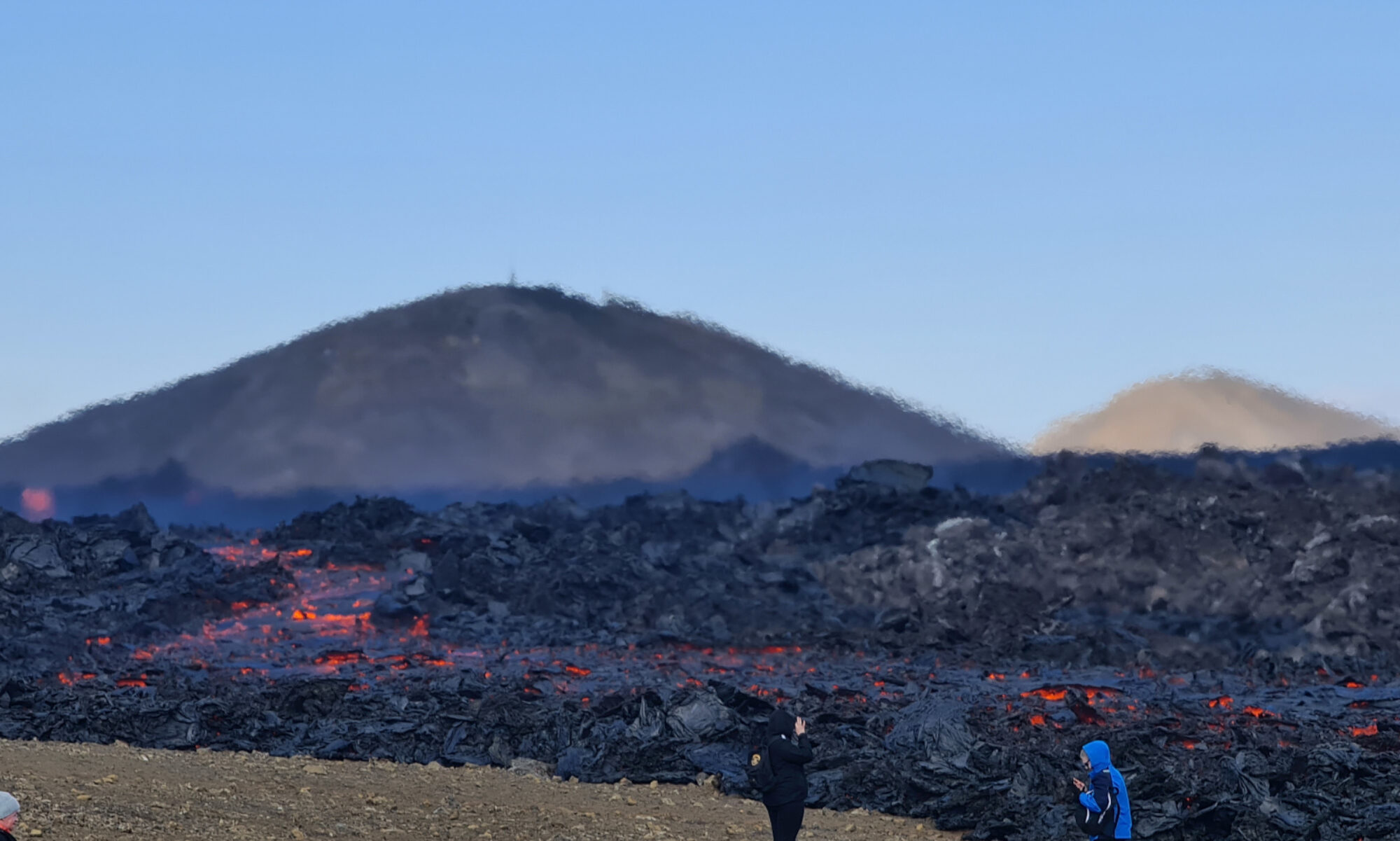At current time there are two main earthquake swarms taking place in Iceland. The first one is at Krísuvík volcano and has been going on since early this week. Currently there is nothing to suggest that it going to end any time soon. This earthquake swarm however sometimes stops for several hours and up to one to two days at the longest. Most of the earthquakes taking place are less then mag 2.5 in size. It is not clear why this earthquakes are taking place. This might be tectonic process or something to do with the magma intrusion that is taking place in Krísuvík volcano.
The second earthquake swarm is taking place at Herðubreiðartögl with earthquake taking place at Herðubreið at it’s north limits. Several mag 3.0+ earthquakes have taken place. This earthquakes appears to be due to tectonic process in the area. But I have heard theories that this process might have started due to influx of magma into the Askja volcano that is close to earthquake swarms in Herðubreiðartögl. At current time I cannot confirm that this ideas are correct or not. This earthquake swarm is ongoing and does not appear to be ending. But there are breaks in it that last from few hours and up to one day at the longest. Please note that Herðubreiðarfjöll is a central volcano that is active. It is not on the GVP volcano list for the area. This volcano is located inside Askja fissure swarm and has many active fault lines that cross it from north-south.
The newest earthquake swarm that appears to be at slow start is taking place in Esjufjöll volcano. But since activity started there in early October 2010 earthquakes appears to be on the rise in Esjufjöll volcano. It is worth noticing that earthquake swarms in Esjufjöll appear to start slowly but they due appear to peak after 20 to 180 hours after they starts. This earthquake activity is due to new flow of magma into Esjufjöll volcano.
